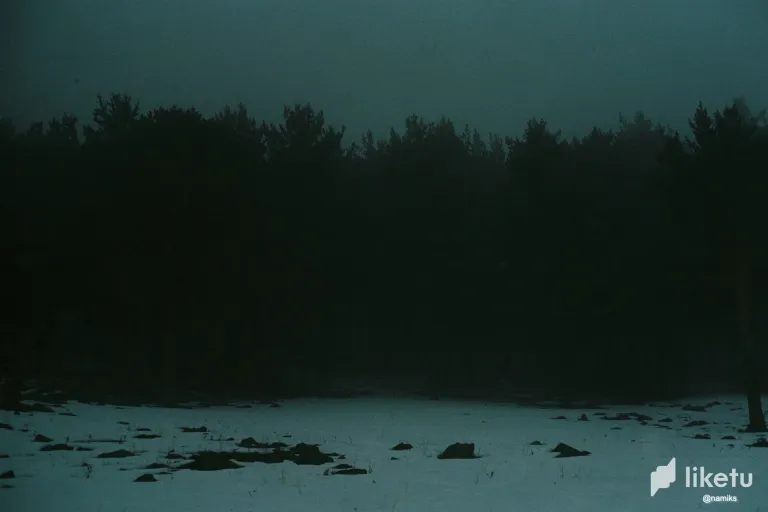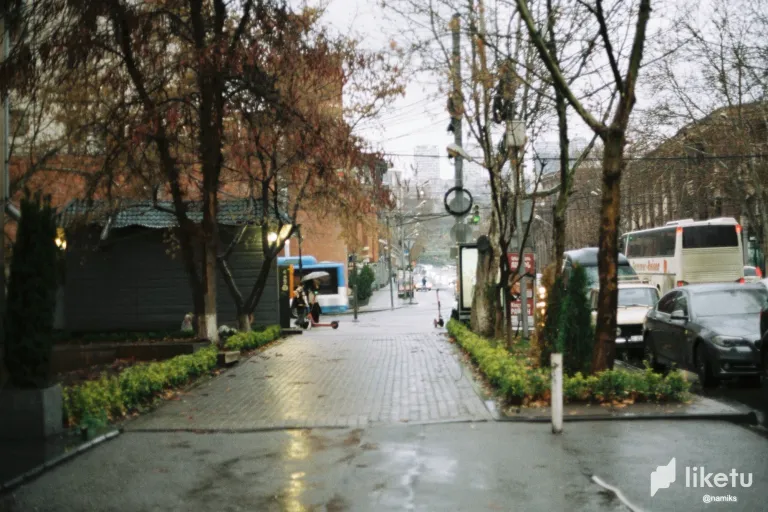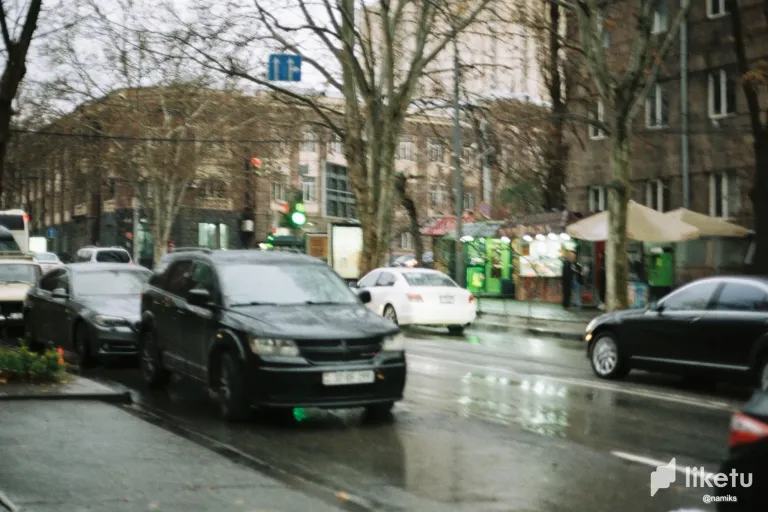



Sometimes I write posts on the images I don't like. These are mostly pertaining to the world of 35mm film, in which you're limited to a range of 24 to 36 photographs per roll of film, and messing up can be costly. In this space of photography, you're not only limited, but incapable of seeing how that final image may turn out. This comes with the exploration of new film stocks, where the colours will react to different environments, and you can only sort of guess what might and what might not work from looking online. Though where is the fun in that? The real fun is not knowing, those tests you have to make with limited potential, knowing you may make mistakes, and then trying to problem solve them in real time even before you know whether you have made them or not. This often means that you change some settings up a little in one image, then try again with other settings in another. Maybe the light metre offers some information that you feel isn't all that accurate regarding the situation you're in. I found this out with snow recently, where if you shoot according to the light metre, your image ends up losing a lot of detail as the whole image is bright, with all that light being bounced around from the snow on the floor. The result of this is to shoot in snow a stop or two higher, reducing the light coming in a little bit more to pull out that more moody aesthetic and detail across the image.
Sometimes you find yourself in environments you have never been in before. And you have no idea how to go about shooting them, vast landscapes in which there are only a few composition options available. But the question arises: what are the colours going to be like? Will it appear too flat? Are the shadows going to be too dark? How do I go about shooting two different areas of light in which one side is bright, slightly muted by fog, and the other is dense in darkness? It's hard to know these things, hard to figure it out in the moment. Again, that area of testing comes in incredibly useful. Sometimes I take photographs on film of the same subject about three times. I try to avoid doing it more than twice, but my curiosity may get the best of me and encourage me to really find out those answers. Sometimes, I come out with no answers as my attempts fail me. But it's hard to find frustration in these images. In these failures as I could put it. As they aren't really failures, just more of the fun side of photography and the exploration of that hobby. Wanting to get better but not initially knowing how to, the only solution being to keep taking photographs until something sticks. A lot of life is like this, the attempts necessary to improve in something. Only those who truly have that passion to explore something being the ones that prevail.
It didn't take me long to get used to the failures in my film stocks. To get those negatives and scans back is always exciting. To never know what's coming, what went right, and what went wrong. All you know is that something, somewhere in that roll of film, will be some really cool shots that did turn out, and a whole lot of fun memories with the camera that made it all worth it. I think everyone should get into photography for little reasons like these. The lessons you learn from being more delicate and aware of your surroundings. To be limited in something in which it's inevitable that you will make mistakes, but then coming to adapt and accept them, moving on from them.
For the best experience view this post on Liketu
It's all about changing those 'negatives' into positives ;<)